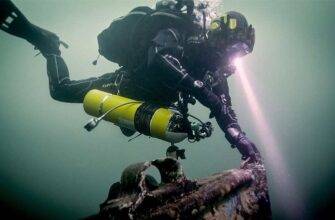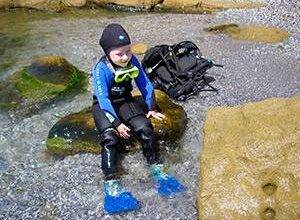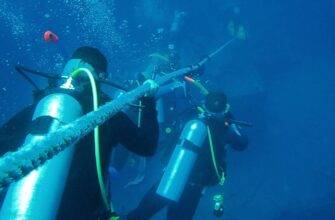
Let’s go over descriptions and examples of nutrients. In addition to the gases used for respiration and photosynthesis, living organisms need nutrients called nutrients to exist. The main nutrients found in seawater are carbon, nitrogen, phosphorus, silicon, iron, and several other metals.
When an aquatic organism dies, its remains (what scavengers don’t devour) sink and eventually sink to the bottom below the photic zone..
Bacteria and other organisms decompose organic material lying on the seafloor. This decomposition produces inorganic nutrients. Upwelling (upwelling of water from the depths to the surface) is one of the forces that return inorganic nutrients to the shallow water zone.
Once in the illuminated zone, inorganic nutrients are taken up by plants and returned to the food chain.
Not all elements and substances circulate at the same rate. Some move quickly, others fall out of the cycle and may linger on the seafloor for a long time. Biogeochemical cycles of different substances imprint on the life and distribution of organisms in the sea.
The distribution of nutrients partly depends on the depth: while plants absorb inorganic nutrients only in the shallow (lighted) zone, the products of animal life and their remains are present in the ocean at all depths. Consequently, biogens are consumed in the shallow zone and stored at depth.
Oxygen, on the other hand, is consumed in the deep water and stored in the shallow water. In general, the entire biological cycle can be described as follows: primary production of plant material, consumption of this material by aquatic animals, and, eventually, excretion of waste products by animals, i.e., release of nutrients.
Read More:




